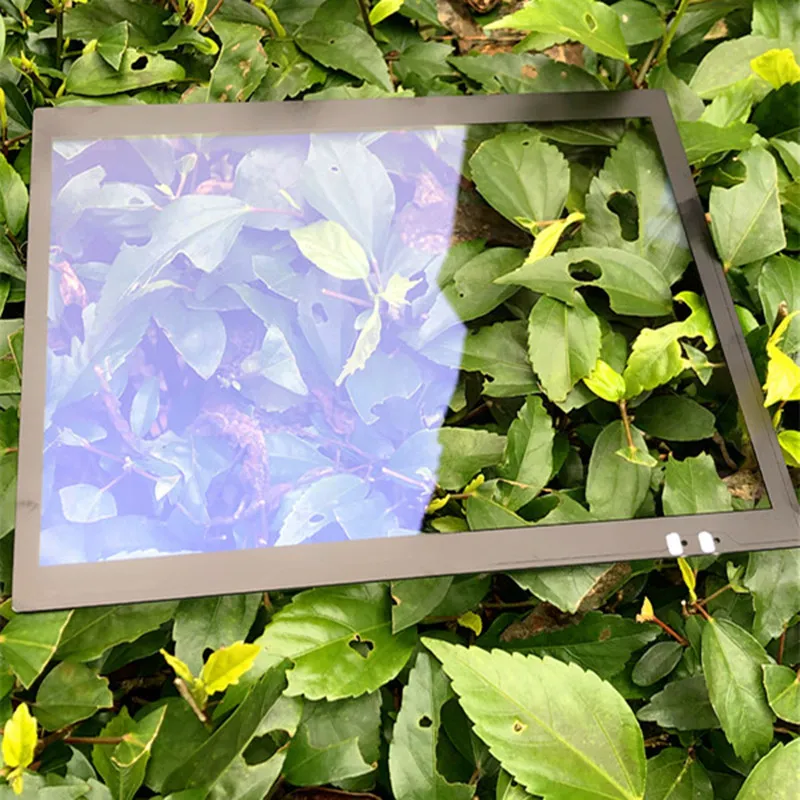Nov . 10, 2024 13:38 Back to list
Understanding Low Emissivity and Its Impact on Energy Efficiency in Building Materials
Understanding Low Emissivity Its Significance and Applications
Low emissivity, commonly referred to as low-e, is a term widely used in the fields of construction and technology, especially concerning windows and glass products. It signifies the capacity of a material, particularly glass, to emit thermal radiation. A low-emissivity coating is designed to reflect heat rather than absorb it, creating a barrier that improves energy efficiency. This article explores the properties of low emissivity, its significance in various applications, and its impact on energy conservation and comfort.
To understand low emissivity better, it is crucial to first grasp the concept of emissivity itself. Emissivity is a measure of how effectively a material emits energy as thermal radiation. It ranges from 0 to 1, where a perfect black body has an emissivity of 1, meaning it emits all incident radiation. In contrast, materials with low emissivity have values significantly lower than 1, thereby reflecting more heat than they emit.
The development of low-e coatings involves using metallic oxides applied to glass surfaces, which can significantly alter a window's thermal performance. These coatings can be specifically engineered to reflect infrared radiation, keeping heat within a space during cold months while allowing beneficial sunlight to enter. Conversely, during warmer months, low-e coatings can reflect heat away from a building's interior, contributing to a cooler environment.
One of the primary applications of low-e technology is in energy-efficient windows. Standard windows are often responsible for significant energy loss in buildings due to heat transfer. By incorporating low-e coatings, window manufacturers can produce products that not only maintain better indoor temperatures but also reduce the reliance on heating and cooling systems. This efficiency can lead to substantial savings on energy bills, making low-e windows an attractive choice for both residential and commercial buildings.
low emissivity

The environmental benefits of low-emissivity coatings are also significant. On a larger scale, the widespread adoption of energy-efficient windows can contribute to reduced greenhouse gas emissions in the atmosphere. By lowering energy consumption, less fossil fuel is burned to meet heating and cooling needs, thereby decreasing pollutants and carbon footprint. In times of heightened awareness regarding climate change, technologies like low-e coatings represent a step toward sustainable living.
Moreover, low-e coatings enhance comfort within living spaces. By minimizing the transfer of heat, these windows can help regulate indoor temperatures more effectively, creating a stable and comfortable environment year-round. In addition to their thermal benefits, low-e coatings also help mitigate glare and ultraviolet (UV) radiation exposure. Reduced UV penetration can protect furnishings, flooring, and art from fading, thereby extending their lifespan.
In recent years, the building codes and energy efficiency standards in many regions have started to incorporate parameters that favor low-emissivity materials. As governments push for greener building practices, builders and architects are increasingly specifying low-e windows in their projects. The rise of smart technologies also highlights low-e's significance; integrating these coatings with smart window technologies can further enhance energy management.
However, it is crucial to consider that not all low-e coatings are created equal. Depending on their intended application, different types of low-e coatings exist, including hard-coated and soft-coated varieties. Hard coatings are more durable and typically used in situations where impact resistance is crucial, while soft coatings offer better performance in terms of thermal insulation but require more care.
In conclusion, low emissivity plays a vital role in modern energy-efficient building design, significantly affecting thermal performance and energy consumption. Its integration into windows and glass applications can lead to substantial economic and environmental benefits, enhancing comfort and sustainability in our daily lives. As technologies continue to advance, it is probable that we will see even more innovative uses for low-e materials, reinforcing their position as a cornerstone in the pursuit of energy efficiency and environmental conservation.
-
Safety and Style with Premium Laminated Glass Solutions
NewsJun.24,2025
-
Reinvents Security with Premium Wired Glass
NewsJun.24,2025
-
Premium Float Glass Line for Modern Architecture
NewsJun.24,2025
-
Low Emissivity Glass for Energy-Efficient Architecture
NewsJun.24,2025
-
High-Performance Insulated Glass Solutions for Modern Architecture
NewsJun.24,2025
-
Elevates Interior Style with Premium Silver Mirror
NewsJun.24,2025
Related PRODUCTS














